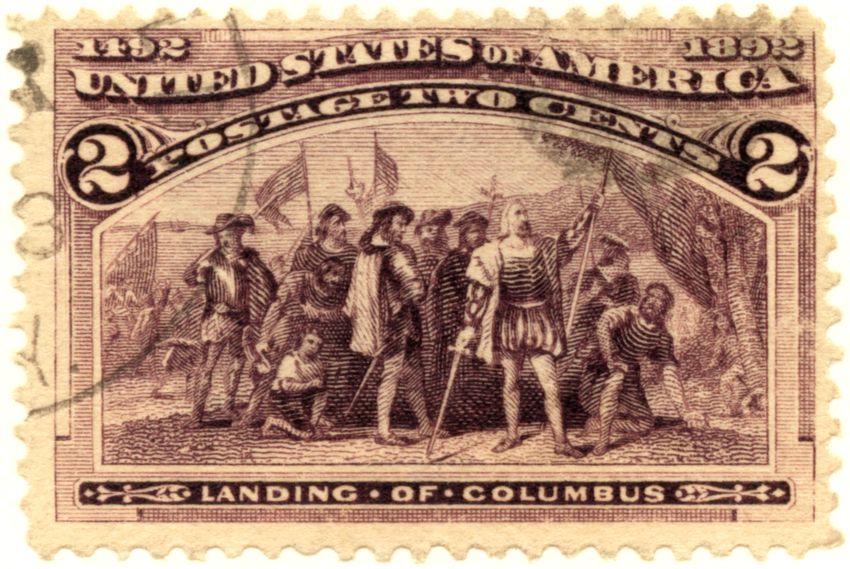What are the best choices for people who want to put their money into so-called “alternative investments”? Millions of adults own stock portfolios, have money in IRAs and job-sponsored retirement plans. Some even use one of the most traditional ways of saving for retirement by purchasing a life insurance policy from a major seller like Mason Finance. These are all smart, secure ways to plan for the future.
Any good financial planner will tell you that it can make sense to put up to 10 percent of a portfolio in speculative stocks or precious metals. In some cases, people are opting to avoid the stock market altogether and park a small portion of their funds in alternatives like rare coins, antiques, stamps, collectible cars, art and non-mainstream metals like rhodium. What are some of the alternative investments that are getting the most attention these days? Here’s a quick look at what investors are interested in, as well as the key advantages and disadvantages of alternative investing:
1. Antiques, Coins and Stamps

source:wikipedia.org
The primary thing to remember when using coins, stamps and antiques as repositories of investment money is this: the key word is “rare.” Coins that are old, made of gold or unusual are not necessarily rare. The same goes for strange, even ancient stamps and beautiful antiques. Investors in this category have a humorous, but helpful, phrase: “If it’s not rare, don’t stop to stare.”If you do decide to enter the rare coin, stamp or antique market, consider paying for professional assistance. Many auction houses will offer such help to bidders for a reasonable price. Don’t go it alone, and don’t stare if it’s not rare!
2. The Good and the Bad of Alternative Investing
The big pluses of alternatives are that they’re available to people of all income levels. You can even set up your IRA to hold most any kind of alternative investment. You can add this sentence in that part ‘There is also a gold investment calculator you can use wherein you’ll be able to compare investment status in previous years and the present. Click here for a sample and guide. If you’re not so keen on storing wine, art or rare coins, you have the choice of purchasing them via an exchange-traded fund (ETF). Nowadays, there are ETFs for every conceivable category of investing, so do a bit of research in your favorite category and find the ETF that’s right for your investment goals.
3. Art as an Investment

source:premiumwealth.arminvestmentmanagers.com
One of the most popular alternatives is collectible art. You can use the same rule here as for coins and stamps: rarity makes all the difference. Due to the fact that investing in fine art isn’t an easy path, you will want to hire a pro to help you purchase investment-grade art. The fee you pay will be minimal compared to the possible upside on the investment. After all, art is far more apt to being counterfeit than almost any other valuable in the world. Perhaps, after a few purchases, you’ll be ready to navigate the market all by yourself.
Storage and security are a big part of the expense side for investing in collectible pieces of art. You’ll either need to have your own location for storage or pay someone to hold the assets for you. Something that is secure, fire-proof, and easy enough to access. Whatever the case, be certain to calculate storage and safekeeping expenses into your initial ROI calculations.





